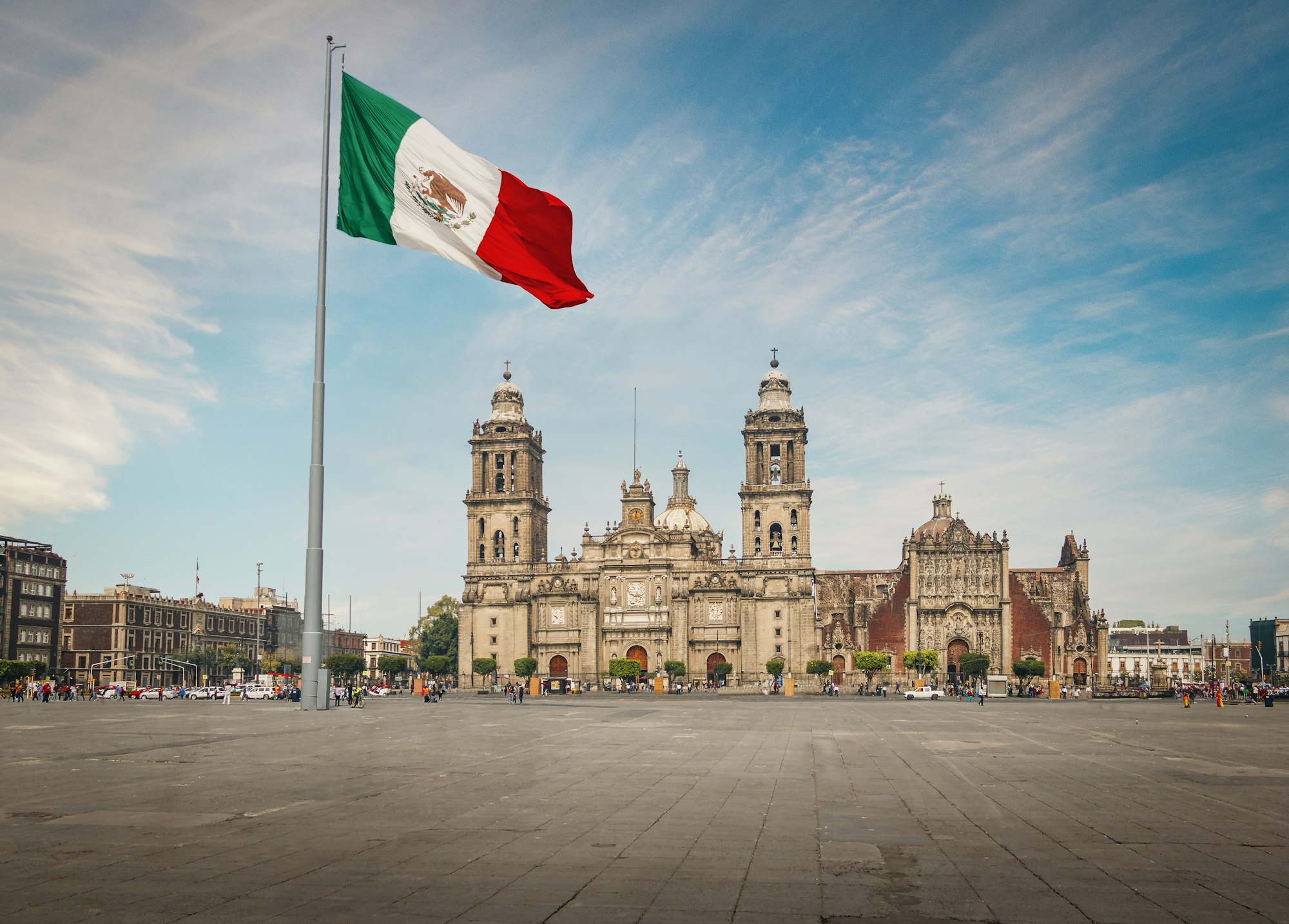Breaking Down the Crisis
What’s Going Wrong?
Mexico City, a giant city with about 22 million people, is facing a big water problem. The main issues include its location, how the city has grown, old water pipes and systems, and changes in the weather due to climate change. The city was built on what used to be a lake, which complicates things further because of how water has been managed (or not managed) in the past.

How Climate Change Fits In
Changes in the climate make the water situation even worse. There are longer periods without rain, less rain when it does come, and higher temperatures. This puts a lot of pressure on the city’s water sources, like the Cutzamala system, which is already not working as well as it should because of droughts. This situation highlights the need for better ways to handle the city’s water.
What If We Do Nothing?
Running Out of Water: “Day Zero”
Experts say Mexico City could reach a point called “day zero” – when there might not be enough water for everyone. This warning shows how important it is to find ways to solve the water problem, like fixing old water systems, saving water, and finding new sources of water.
Bigger Problems Ahead
Not having enough water doesn’t just mean you can’t turn on the tap. It hits poorer areas harder, increasing the gap between the rich and poor and could lead to more tension among people. It can also lead to health problems, affect jobs, and lower the quality of life in the city.
Figuring Out Solutions
New Ideas for Water
To fix the water crisis, Mexico City needs to try new things. This could mean cleaning and reusing wastewater, collecting rainwater, and fixing leaks in the water system. These steps could make a big difference in how much water is available and make sure it’s shared more fairly.
Working Together
Solving the water issue needs everyone to work together – the government, people living in the city, and international groups. Investing money in better water systems, encouraging everyone to use water wisely, and getting people involved in water-saving efforts can help prevent the crisis from getting worse and make sure the city has enough water in the future.
We’ve looked at why Mexico City is running out of water, what could happen if nothing is done, and how new approaches to managing water could help solve the problem. Understanding the role of climate change, the dangers of running out of water, and the need for new solutions and teamwork is key.

Frequently Asked Questions (FAQs) about Mexico City’s Water Crisis
1. Why is Mexico City facing a water crisis?
Mexico City is dealing with a water crisis due to its geographical location on a former lake bed, rapid urban expansion, outdated water infrastructure, and the effects of climate change. These factors contribute to the scarcity of water resources and challenges in managing the city’s water supply efficiently.
2. How does climate change affect Mexico City’s water situation?
Climate change exacerbates the water crisis in Mexico City by causing longer periods of drought, decreased rainfall, and higher temperatures. These changes put additional stress on the already limited water sources, such as the Cutzamala system, making it harder to meet the city’s water demand.
3. What is “Day Zero” and could it really happen in Mexico City?
“Day Zero” refers to a scenario where Mexico City’s water supply could become critically low, leading to widespread shortages. Experts warn that this situation is a real possibility if measures are not taken to address the underlying issues of water mismanagement, infrastructure decay, and the impacts of climate change.
4. What are some potential solutions to the water crisis in Mexico City?
Solutions include improving wastewater treatment for reuse, implementing rainwater harvesting systems, and repairing leaky infrastructure to reduce water loss. These strategies aim to increase water efficiency and ensure a more equitable distribution of water resources across the city.
5. How can the government and communities work together to address the water crisis?
Effective water management requires collaboration between government agencies, local communities, and international partners. By investing in better infrastructure, encouraging water conservation practices, and involving the public in sustainable water usage initiatives, it’s possible to mitigate the effects of the water crisis and secure a water-resilient future for Mexico City.
Sources CNN


